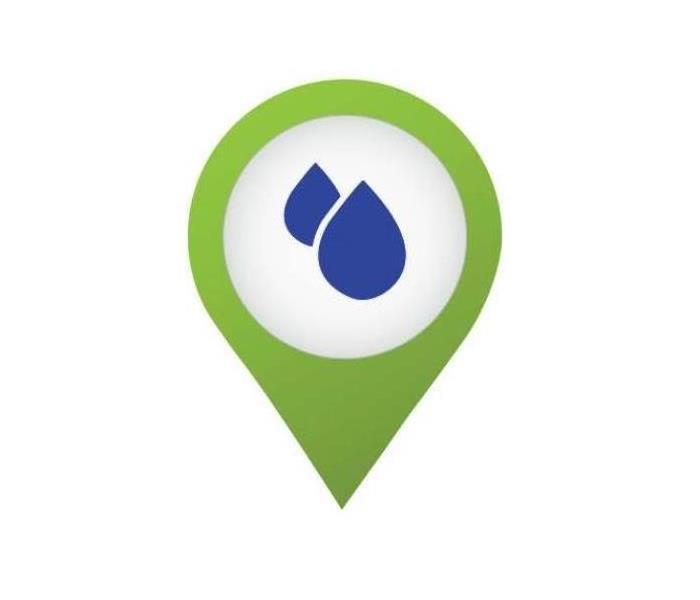Tips On Professional Water Damage Restoration
7/8/2021 (Permalink)
Plumbing defaults, floods, and sewerage systems defaults can cause much water damage to any commercial building or residential premises. Water damage affects the structure of a house and the contents of that building. Whether the damage is from a pipe break, supply line break, or flooding, you should work with water restoration professionals who help restore the building to its normal condition. In flood damage mitigation, several things need taking into account because the process can be complex.
Water Damage Mitigation Approach
- Initial Inspection
The primary consideration is assessing the entire pipe break or supply line break systems and understanding the work requirements. Therefore, the water cleanup experts must conduct a comprehensive inspection process regarding the water in the home or water on business premises. This helps the restoration company understand the cost caused by the flood damages, the time frame of the mitigation process, and the materials and machines required in the process.
During the inspection, the professionals evaluate the cause of the pipe break or supply line break and try to stop excess water from entering the building. Some components inspected by a restoration company include the pipes supplying water on business premises, the water source, and supply lines. If the flood damages contain some sewerage components in the supply line break, the professionals will follow the necessary precautions.
- Water Removal
Once the company inspects the entire project, they'll proceed to the water cleanup process to evacuate water in business or residential areas. Water is extracted from the inside and outside the premises, including moisture removal. With good technology and efficient water extraction machines, thousands of water in a home can quickly remove the affected premises.
- The Drying Process
After water extraction, the restoration company uses dehumidifiers and air movers to ensure that space is dried. During the drying process, windows are opened to allow air circulation. The restoration companies must monitor the affected areas and make adjustments to their water cleanup equipment if necessary. The primary objective is to provide the most effective services, save the client money, time, and restore the building to its normal conditions within the agreed period.
- Actual Remodeling
This is the final step in any water damage removal process. The process entails re-tilling the house, painting, reconstruction of the walls and the floor, or even renovating the roof. Every remodeling process in each premise is different. This mostly depends on the extensiveness of the damage and the desires of the homeowner.
The remodeling process reflects the design a homeowner shall have after the entire damage renovation process. The homeowner should define and declare the designs they want, restoring to their flooded homes before the actual work is done. This helps in ensuring that the remodeling fits the desires and anticipations of the homeowner. It also helps the expert know the materials in restoring the flooded home, pipe breaks, and necessary supply line break.
Things to Consider
In case you experience floods in your home or business premises, it's essential to start the water cleanup process as early as possible. Removing some things from the flooded home, such as the furniture, fittings, electrical fixtures, and other belongings, is necessary even before you call the experts. These are things that can absorb water and cause more flood damages and thus more losses. Ask a reputable water removal companies to do such work for you to avoid more casualties during the mitigation of the flooded home. Call SERVPRO of Gulf Beaches South / West St. Petersburg at (727) 341-1001.





 24/7 Emergency Service
24/7 Emergency Service
